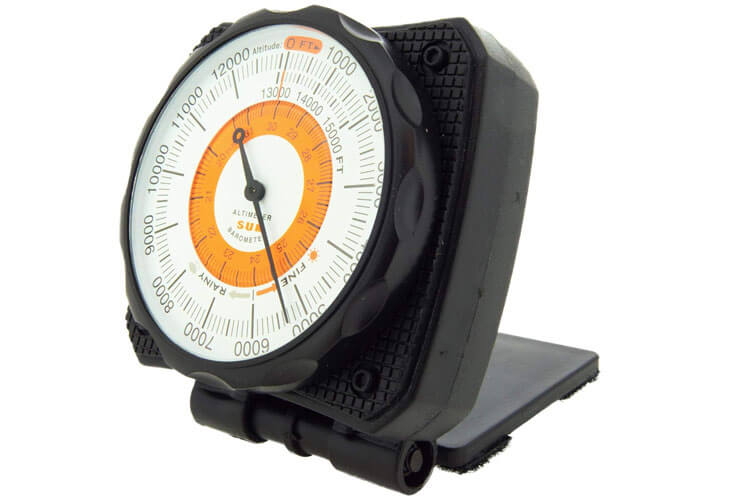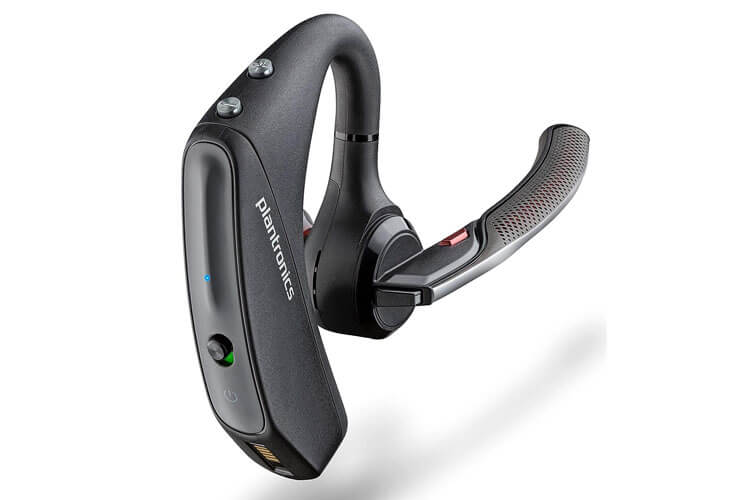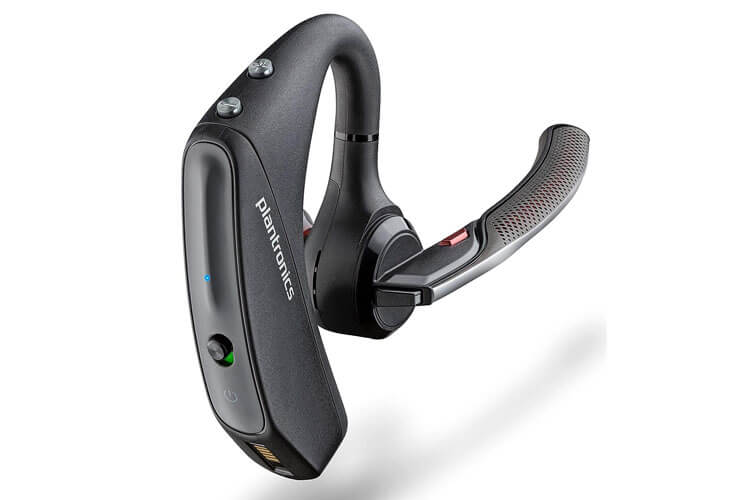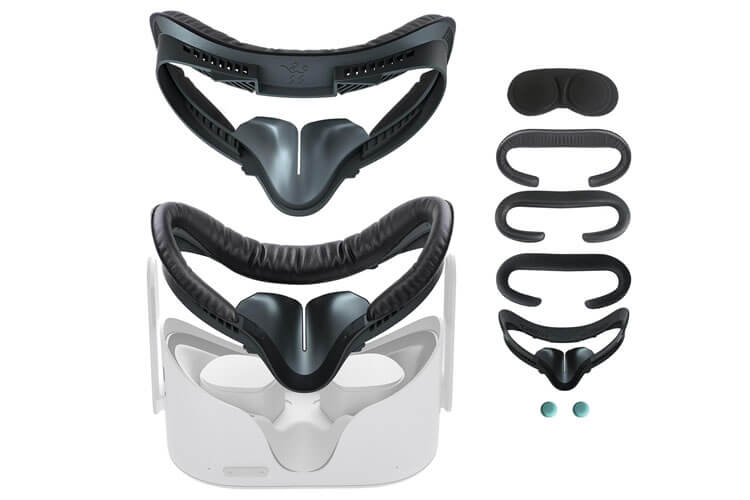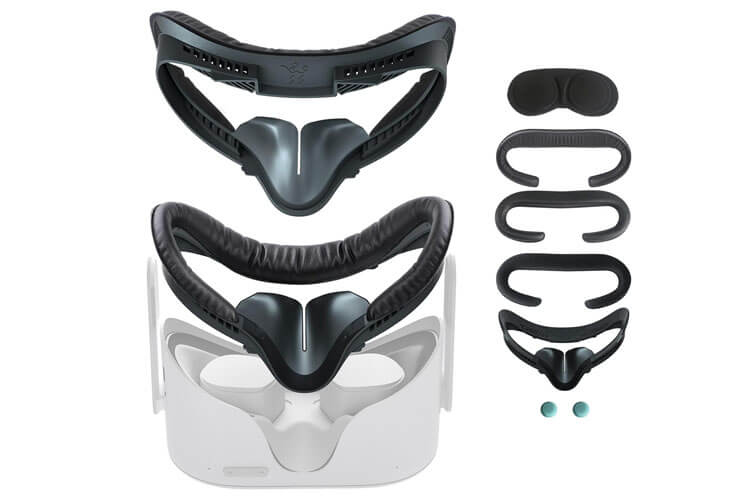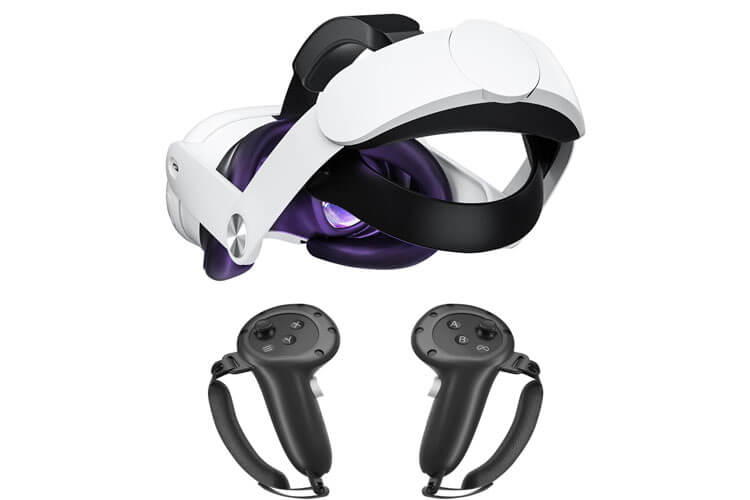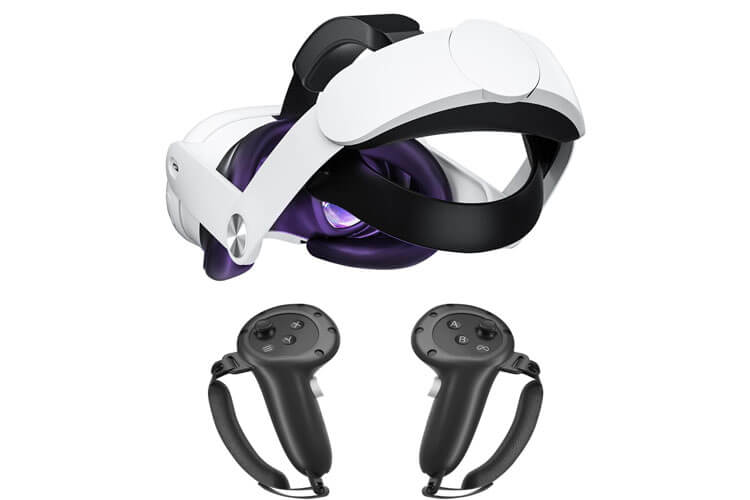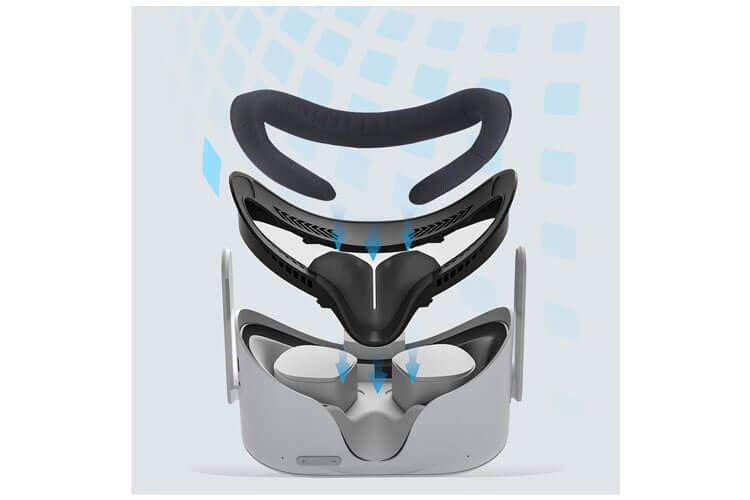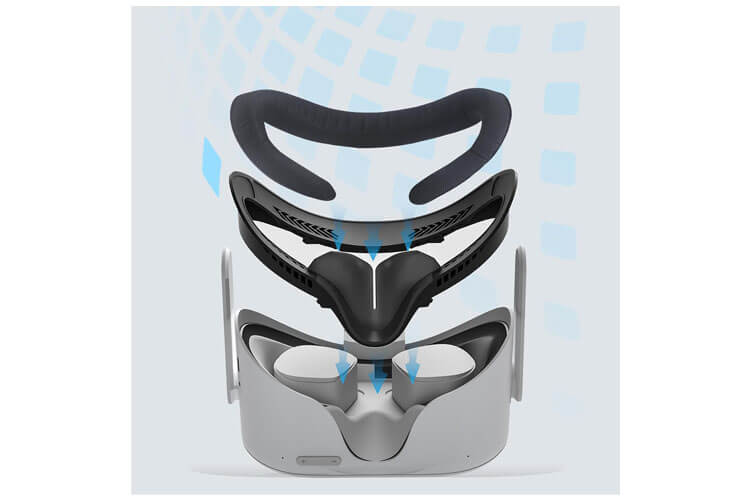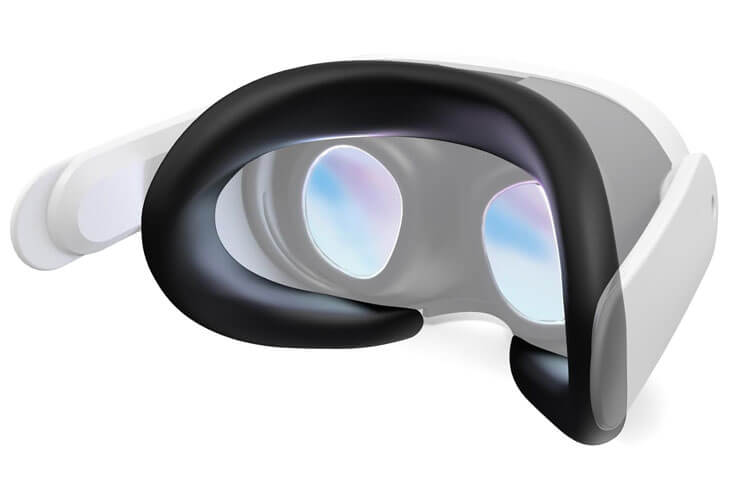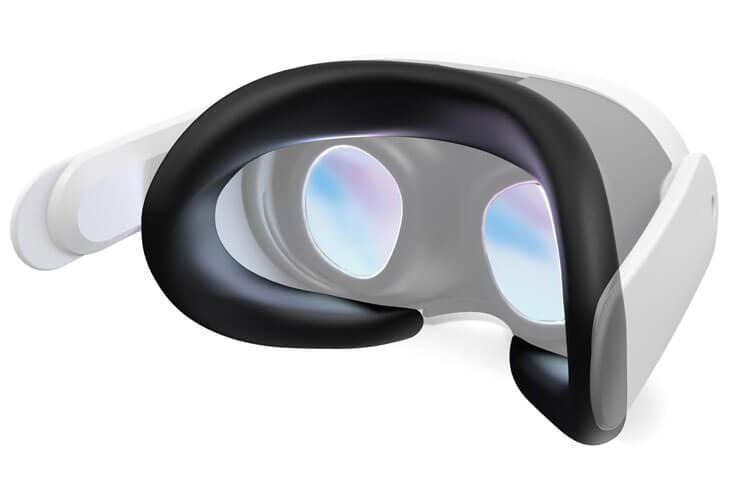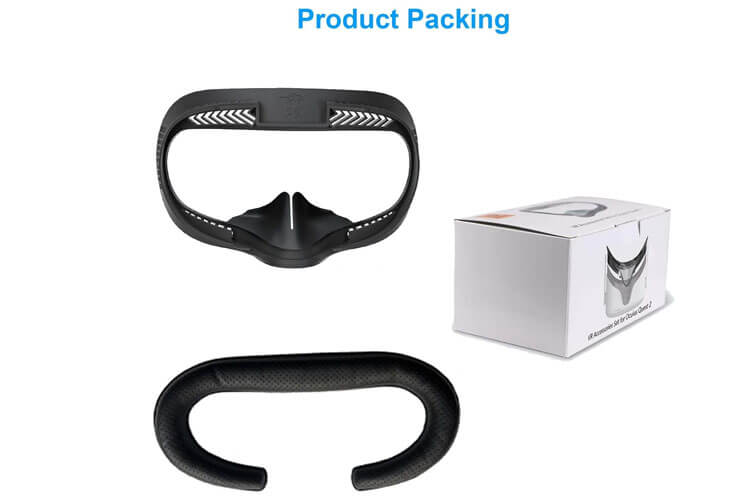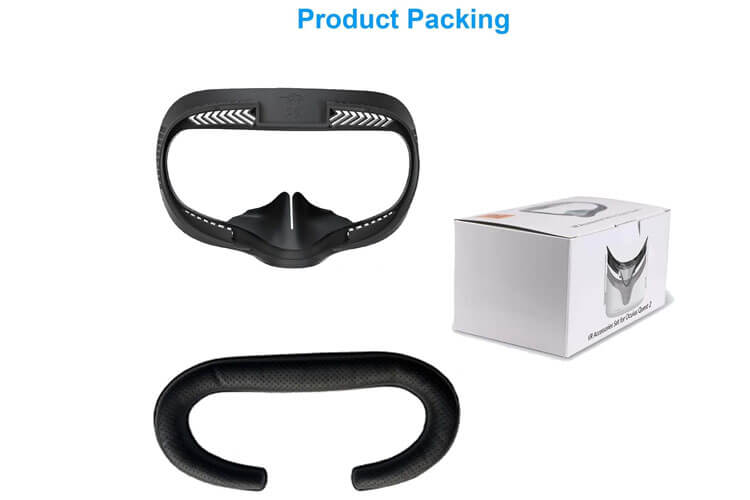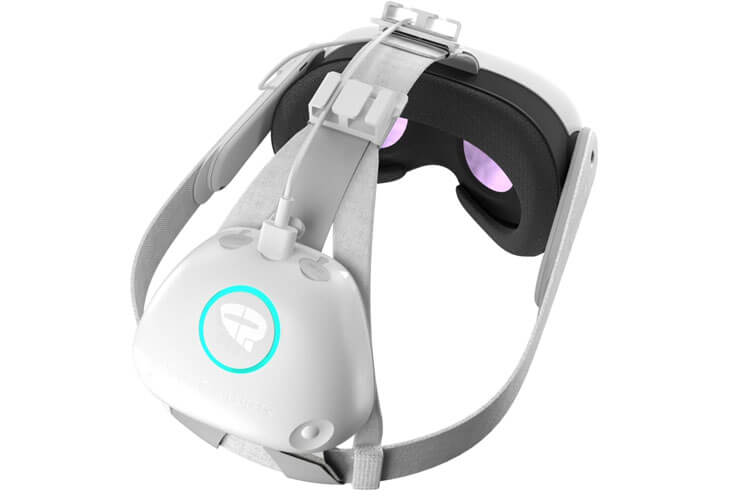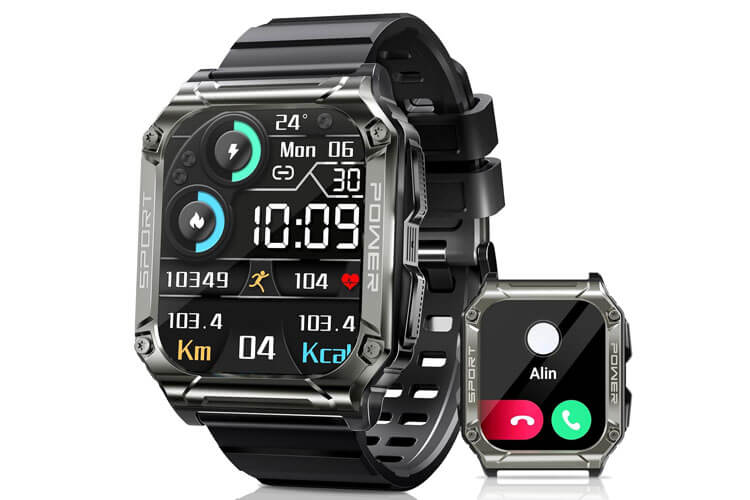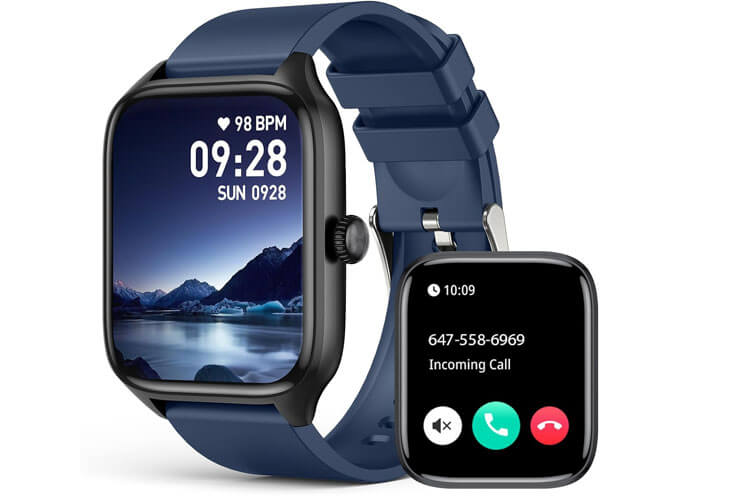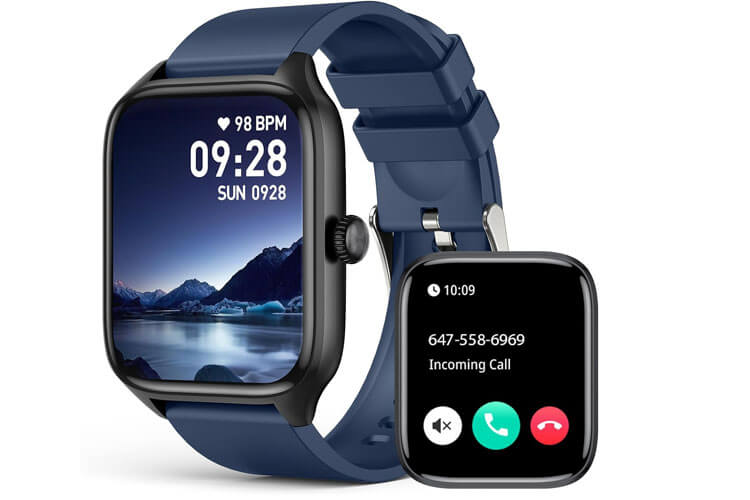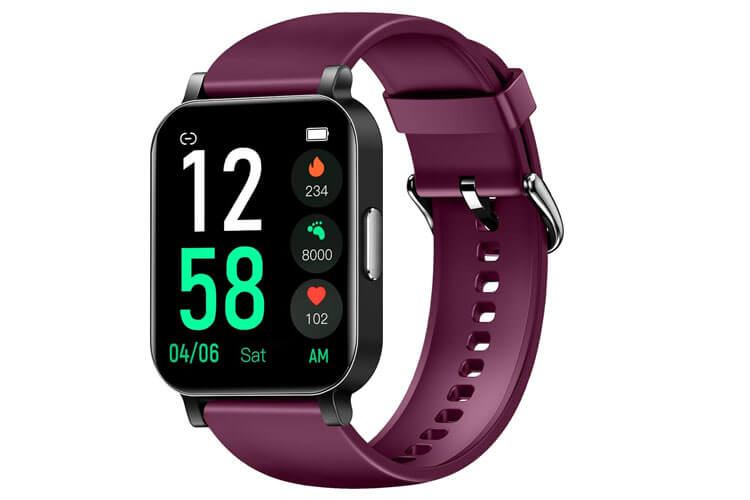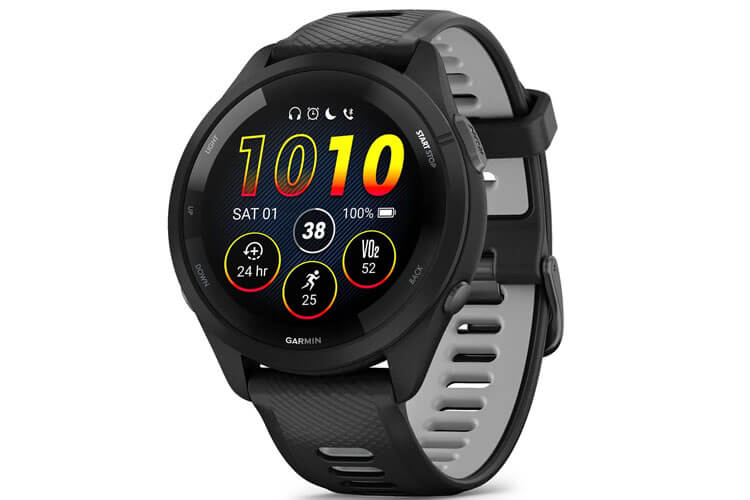Have you ever built a rocket? A little one with fins or something more complex? The coolest part is launching it and watching it soar, but wouldn’t it be amazing to know exactly how high and fast it flew? That’s where the Jolly Logic AltimeterTwo comes in. Think of it as a tiny high-tech co-pilot for your rocket adventures.
This isn’t just for beginners blasting off their first model. Even experienced rocketeers can use the AltimeterTwo to fine-tune their rockets and break their records. This review will tell you everything you need to know about this cool gadget: what it can do, how it works, and why it’s awesome for rocketeers like you.
Imagine this: your rocket zooms up into the sky, the AltimeterTwo tucked safely inside. It measures how high it goes (up to almost 30,000 feet!), how fast it blasts off, and even keeps track of other things like how long it flies. Then, when you recover your rocket, you can check the AltimeterTwo and see exactly how your creation performed. Pretty sweet, right?
This review will help you determine whether the AltimeterTwo is the missing piece for your rocket projects. We’ll discuss all its features, how easy it is to use, and any downsides to consider. By the end, you’ll know if the AltimeterTwo is the secret weapon to launch your rockets (and knowledge) to new heights!
Jolly Logic AltimeterTwo

- Color: Black
- Brand: Jolly Logic
- Item Weight: 0.24 Ounces
Product Review
Design and Build Quality: The AltimeterTwo’s design triumphs in efficiency and user-friendliness. Its diminutive dimensions do not hinder its durability. Crafted to fit snugly within the confines of even the most compact rockets, it doesn’t add unnecessary weight or bulk, ensuring the rocket’s performance remains uncompromised. The casing is sturdy and designed to withstand the rigors of rocket launches, including the intense acceleration and deceleration and the occasional rough landing.
Performance and Accuracy: The AltimeterTwo can measure altitudes up to 29,500 feet, catering to a wide range of rocketry activities. Its noteworthy precision allows enthusiasts to measure their rocket’s peak altitude and top speed accurately. This feature is indispensable for those looking to improve their rocket designs systematically, as it provides concrete data on which to base modifications.


